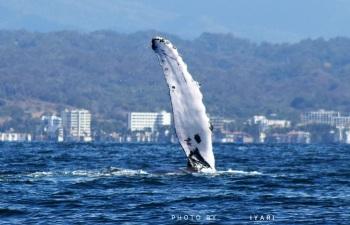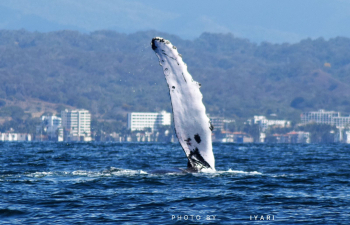How Creatively Do the Volunteers Assist In Marine Conservation?

The stunning natural wonders, that is the Coral reef systems are in huge danger and decline. They form the veritable powerhouse of life blooming under the sea. Coral Reefs cover much less than 1% of the seafloor, so they are home to more than a quarter of the entire marine life. These are known for producing up to half of oxygen and absorbing a good part of carbon emissions.
Ocean reef systems are home to marine species, which are in turn vital to the planet and need urgent help through marine conservation programs. The marine conservation volunteers in Mexico, thus address to the different programs to tackle the problems. Likewise, they research preservation, restoration and outreach.

Passionate as they are, the marine conservation volunteers analyse the range of problems which include bleaching reef systems, plastic clogging the marine, and more. Below we shall uphold how creatively the marine conservation volunteers get involved in conserving marine life for now, future and for the better.
1. Through Environmental Monitoring
Environmental Monitoring Programs are all about protecting a reef effectively by considering the health and biodiversity of the reef at regular intervals. By applying suitable procedures, the marine conservation volunteers can figure out the threats and frame the solutions to involve and work with the local communities.
2. Wildlife Monitoring
Similar to reefs, there is a range of critically endangered marine animals that the marine conservation volunteers closely monitor. Most marine animals contain identifiers that are unique to each individual, similar to fingerprints.
The marine conservation volunteers collect the photographs to track the movements of individual animals and their health to learn the behaviour of these species. The purpose is to monitor data over time.
3. By Sea Turtle Headstarting
Sea Turtles are considered endangered – every 1000 baby turtles survive in the natural wild to read adulthood. Threats like pollution, black market trading and habitat destruction challenge the number to remain steady. The overall idea of supporting head-starting is raising hatchlings in a safe and healthy environment when the babies are in their critical first year of life. Next, on being released to the wild, the healthy and strong turtles get a head-start on their lives.
4. By Fostering Coral Nurseries
Coral reproduces both sexually and asexually. They can regrow a leg after essentially cloning themselves like a starfish. An individual coral seen on the reef is one animal that started its life as a single cell and later went on self-replicating.
Such an ability states the corals are capable of regrowing from broken pieces known as fragmen. A few corals naturally fragment to increase their genetic reach and diversity, but others fragment due to irresponsible human activity such as dropping anchors or kicking the reef. Fragmented corals land in the spot where they settle and grow continuously, but are in danger of falling into the sand, getting covered up and dying.
The marine conservation volunteers assist the coral nursies, the artificial structures which are sunk for helping with these coral fragments regrowth. Assisting the volunteers in collecting broken bits of corals, they attach them to the nursery. As a result, the fragments are safe from the sand and receive steady access to sunlight and passing food. They need not compete for space on the reef. Reaching on to its healthy size, the fragments are transplanted to the natural reef.
5. Growing the Artificial Reefs
There is also a scope for designing and sinking the entire artificial reefs. Again to assist the conservationists, the marine conservation volunteers use a wide variety of easily available materials to make the structures and sink them in a sandy area with no possibility of foreign growth. Similar to nurseries, the volunteers collect and transplant the fragments, and aid the divers to periodically visit in maintaining the reef development. Over time, the artificial reef starts growing successfully and thriving on its own, and in the process, it provides shelter to most struggling marine animals who need a home.
6. Water Quality Testing
Marine conservation volunteers are equally involved in water quality testing to evaluate the health of the local ecosystem. They collect figures to help the conservationists figure out the threatening pressures, and in the process find productive solutions.
7. Cleaning Up The Reefs and Beaches
Huge amounts of plastic waste are massive visible threats to the ocean. The marine conservation volunteers must assist the dive centres, NGOs and informal groups to organize and execute the clean-up programs for tackling such a mounting issue.
Educating the locals about awareness to curtail the unsustainable behaviour that eliminates the threats to marine life on a grand scale is widely practised by the volunteers. A simple appreciation of the ocean's beauty can influence the locals to form a new perspective on maintaining cleanliness. Hence, the conservationists involve the marine conservation volunteers in spreading the marine passion to the locals through education and local outreach.
Advertise on APSense
This advertising space is available.
Post Your Ad Here
Post Your Ad Here
Comments